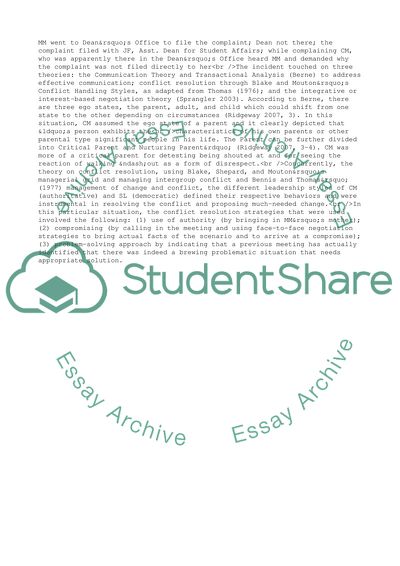Cite this document
(Main Concepts of Leadership and Management in Organization Coursework Example | Topics and Well Written Essays - 1500 words - 3, n.d.)
Main Concepts of Leadership and Management in Organization Coursework Example | Topics and Well Written Essays - 1500 words - 3. https://studentshare.org/business/1779402-leadership-and-management
Main Concepts of Leadership and Management in Organization Coursework Example | Topics and Well Written Essays - 1500 words - 3. https://studentshare.org/business/1779402-leadership-and-management
(Main Concepts of Leadership and Management in Organization Coursework Example | Topics and Well Written Essays - 1500 Words - 3)
Main Concepts of Leadership and Management in Organization Coursework Example | Topics and Well Written Essays - 1500 Words - 3. https://studentshare.org/business/1779402-leadership-and-management.
Main Concepts of Leadership and Management in Organization Coursework Example | Topics and Well Written Essays - 1500 Words - 3. https://studentshare.org/business/1779402-leadership-and-management.
“Main Concepts of Leadership and Management in Organization Coursework Example | Topics and Well Written Essays - 1500 Words - 3”. https://studentshare.org/business/1779402-leadership-and-management.


